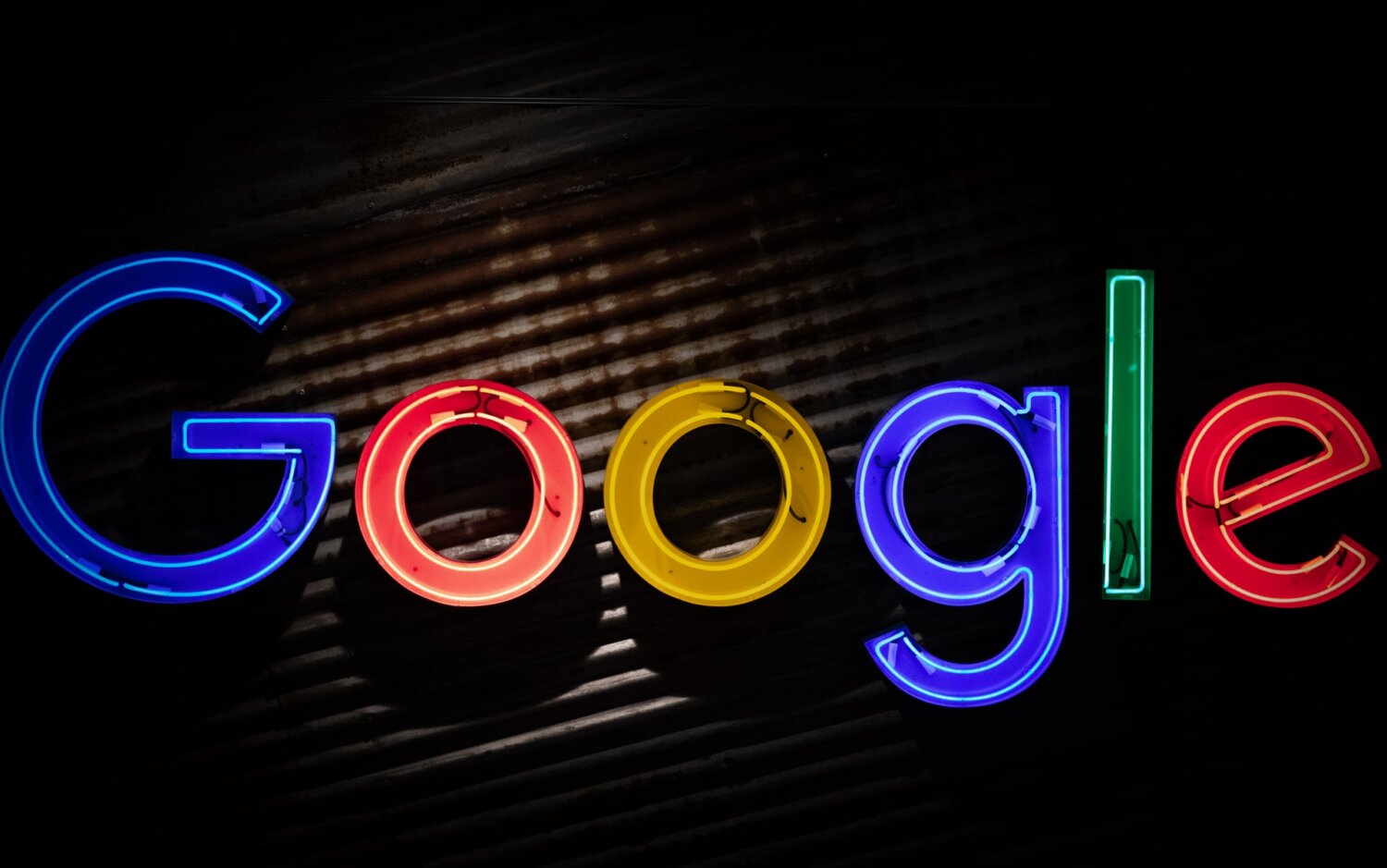November 18, 2023
According to our Shopper Experience Index, search engines are the top pathway to individual product pages for consumers. The survey of 7,000 consumers also revealed that most shoppers are decreasing how much and how often they’re spending. When they do make purchases, they’re looking for the best deals and values. And they’re ready to switch to new brands whose prices beat the competition, especially for low and medium-priced products.
So, what does all this mean for brands? Current shopping and spending habits dictate the need for customers to easily find the products they’re looking for in their price range. You can make sure that happens with Google Shopping Ads that are optimized for conversions.
Learn more about why you should create Google Shopping Ads and how to maximize their impact.
Chapters:
- What are Google Shopping Ads?
- How much do Google Shopping Ads cost?
- Benefits of Google Shopping Ads
- How to optimize Google Shopping Ads for maximum conversions
What are Google Shopping Ads?
Google Shopping Ads promote your individual products as campaigns displayed at the top of Google search results. These ads may also appear on other Google channels, including YouTube, Gmail, and Maps.
To enable Shopping Ads, you first submit your product data to Google Merchant Center. Then, Google uses that information to place your ads in relevant user searches.
What sets Shopping Ads apart from regular Google Search Ads is the visual component. Shopping Ads include a featured photo of your product along with the title, price, store name, and other supplemental information that can enhance your listing. The ads link to their corresponding product pages.
How much do Google Shopping Ads cost?
Google charges advertisers only when users click on a Shopping ad. While cost-per-click (CPC) fluctuates depending on industry and other factors, the average CPC is $0.66 for Shopping Ads.
The monthly cost of Shopping Ads varies widely and comes down to each brand’s budget, marketing goals, and competition. The average budget across a range of industries is approximately $770 a month, but it can be substantially lower or higher case-by-case.
Benefits of Google Shopping Ads
For e-commerce companies and retailers, Shopping Ads have a lot of business growth potential. They put your products front and center where people are searching for their next purchases online. This is a powerful tool to improve your sales KPIs, launch new products, and rejuvenate stagnant inventory.
Stronger qualified leads
Shopping Ads give your customers a preview of your products and their essential details as a search result. So, if they’re clicking on the ad, they already have a solid understanding and interest in your product before even landing on the product page. They know if the product is what they’re looking for and in their price range right away. This increases the chances for sales and conversions once leads are on your website.
Extended reach
There are multiple opportunities for your Shopping Ads to go further than one location in the main Google results page. Shopping Ads can also appear in Google’s Shopping tab, Images, Maps, YouTube, and Google Search Partner websites.
Additionally, if you have multiple Shopping Ads that are relevant for a single search, they all may appear. Likewise, if you have a text ad and a Shopping Ad for the same product, both can appear as results for the same search. Multiple ads displayed on the same results page — plus potentially organic search results as well — strengthen your search presence and give you more opportunities for clicks.
High ROI potential
Shopping Ads are designed for conversions. There’s many factors that influence shoppers to engage with your ads, and likewise, many variables you can leverage to attract them. Many e-commerce brands have experienced significant results from Shopping Ads.
Danish footwear brand ECCO improved several revenue-driving metrics with Shopping Ads. They experimented with targeting different audiences, including non and existing customers, and regularly updated their product selection. The results from their strategy included a 28% increase in conversion rate and 38% increase in average order value.
Another example is the beverage brand Moon Juice. They earned an 18% improvement in return on ad spend (ROAS) and 184% increase in purchases by optimizing their product feed.
How to optimize Google Shopping Ads for maximum conversions
Google Shopping Ads are seemingly straightforward, but there’s lots of small moving pieces that make the engine run. Follow these best practices and leverage the full range of advertising features and capabilities to get the most bang for your buck.
Optimize essential product attributes
Your campaign’s required data attributes are the most important details that best represent your product in its small but mighty digital box.
Title: Make your title as clear and descriptive as possible. Google draws on your product data to display ads, including keywords to understand which products are relevant for each search. Be sure to include the primary keyword in the title and any important details, like the size, color, or type of material. While titles can be up to 150 characters, only up to 70 will be displayed, so put the most essential terms upfront.
Photo: Shopping Ads’ most distinctive characteristic is the product photo, and it has certain criteria. Your photo should solely feature the product in its entirety on a white or transparent background. Each version of the same product should have a unique photo, like one for each color, for example. Ensure the image is high quality and meets the size requirements.
Price: The other required product detail is the price. Since affordability and deals are currently among consumers’ chief concerns, competitive pricing is critical. Research your top competitors to make sure your products have attractive prices.
Showcase product ratings
Google Shopping Ads give you the option to include the star rating of your products. According to our Shopper Experience Index, a product’s average star rating is the second most persuasive form of user-generated content (UGC) for shoppers. The survey also found that UGC makes 78% of shoppers more confident in purchasing products.
Bazaarvoice’s Ratings and Reviews tools source and display authentic customer reviews of your products on your website. Google aggregates the star ratings from those reviews to feature in your ads. This tactic can have a significant impact on growth as it did for Hairhouse, a company that earned a 35% increase in conversions from implementing Ratings and Reviews.
Add product promotions
Catch the attention of prospective customers by including any sales or special offers in your ads. You can tailor your ads to show price reductions, percentage discounts, free 2-day shipping, seasonal sales, etc. Showcasing product promotions will help your ads stand out and give shoppers an extra incentive to click.
Optimize landing pages
Your Shopping Ads are no good if the product pages they link to aren’t set up to close the deal. Remove any friction for the customer by streamlining and shortening the check-out process. That includes easy account login and setup options and quick load times, optimized for desktop and mobile.
A high-performing product page also requires thorough and detailed product descriptions, highlighting all the most valuable features and use cases. Along with the written descriptions, you need a variety of product images, including professional photos and ones shared by customers.
To instill the confidence needed to click “add to cart” or “buy now,” customers also need to see other UGC like product reviews and questions and answers. On product pages, reviews impact purchase decisions for 78% of consumers, Q&As for 77%, and customer photos of products for 69%.
Experiment and refine with A/B testing
A/B testing your Google Shopping Ads allows you to compare multiple versions of a campaign to determine which one performs better. Try experimenting with the major elements of your ads, including testing different titles, images, and special offers.
You can also test different bid strategies by modifying bid amounts to find what produces the best ROAS. For example, you can increase or decrease your bid percentage on different ad groups or for device, location, and audience types that your ads target. With A/B testing, you can make data-driven decisions and adjust your strategy based on real-time performance metrics.
Measure results for continuous improvement
A large and necessary part of optimizing your Google Shopping Ads to increase conversions is evaluating your analytics. By linking your Google Ads account with your Google Analytics, you can see the detailed data of all your campaigns. This is how you’ll find out which ad versions perform the best, where you need to adjust your bid, and how many clicks and how much revenue your ads produce.
Leverage Bazaarvoice to show the value of your products in your ads
Today’s price-sensitive consumers want value. Google Shopping Ads are a great way to capture high-intent search demand and showcase your well-reviewed products. Discover how Bazaarvoice can help your brand collect and distribute valuable UGC to enhance your ads and drive more conversions.
Get started








